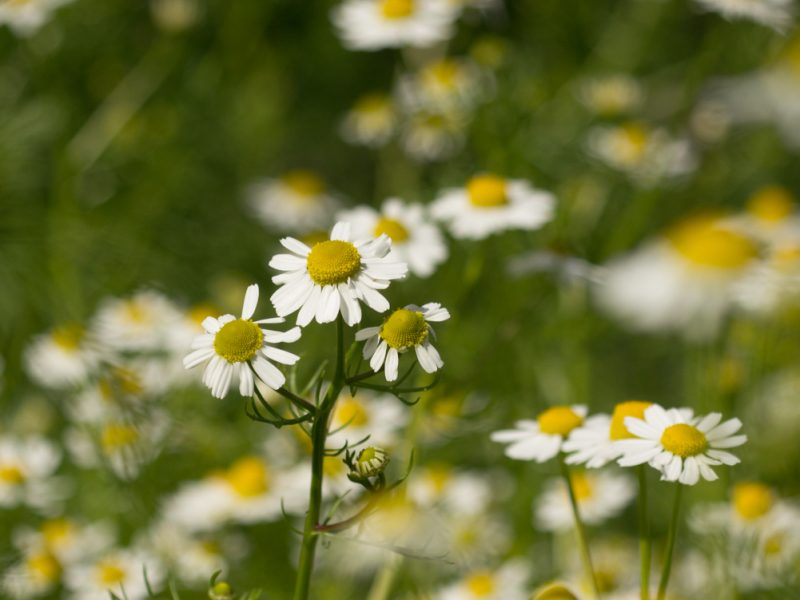Where should I sow my herb seeds?
Many seeds can either be sown indoors in early spring or directly outdoors once the soil has warmed up (read our article on ‘when to sow your seeds‘). Choosing where to sow your seeds is not just about timing and temperature though. Here we look at a number of other pros and cons that may help you choose where to sow.
‘Sowing indoors’ generally refers to sowing in a greenhouse or polytunnel, not in your house. You can of course sow seeds in the warmth of your house, but you’ll need to pay extra attention to light and humidity. Some herb seeds require exposure to light to germinate, and all seedlings require light to grow, so only grow in your house if you have a suitable window ledge, conservatory or somewhere similar (or use growing lamps). Also, due to the relatively low humidity levels in our living spaces, there is a much higher risk of seeds drying out, especially if they are small seeds sown on the surface on the compost. To counter this you can cover the tray or pot with some clear plastic or cellophane to build a more humid micro-climate (or use a propagator).
We sow most of our seeds in plugs, trays and pots in our polytunnel in early Spring, transplant them into larger pots when they are big enough, and move them outside once the temperature has warmed up in late Spring (see our blog post ‘should I sow my herb seeds in pots, plugs or trays?’ for more details on this). But with certain seeds we wait until late Spring to sow direct.
The main advantage of sowing direct (i.e. directly into the bed that the plants will grow in) is that the seedlings can establish themselves without the shock of being transplanted and having their roots disturbed, normally resulting in a much healthier plant. Certain species, such as California poppy, really don’t like to be moved and any head start you might get from sowing early in trays or pots is normally negated by subsequent poor growth.
The other advantage of course is that pricking out and potting up seedlings can be a time-consuming process. Where possible it makes much more sense to sow the seed in your herb bed and let nature take care of itself.


However, there are some disadvantages of direct sowing to be aware of; some herb seedlings grow very slowly and if you sow them direct they are likely to become swamped by weeds. When the plants are so small it can be hard to remove the weeds without uprooting the little seedlings. For this reason, we recommend sowing slow-growing seedlings in pots or trays in a weed-free seed compost.
The other disadvantage of sowing seeds direct is that they are at the mercy of the weather and can easily be killed by late frosts. Sowing seeds in trays allows you to keep the seedlings in a warm, sheltered place until the risk of frost has passed. If it is a plant that doesn’t like to have its roots exposed, you can minimise disturbance by sowing the seed into a plug tray (read more on this in what should I sow my seeds into).



